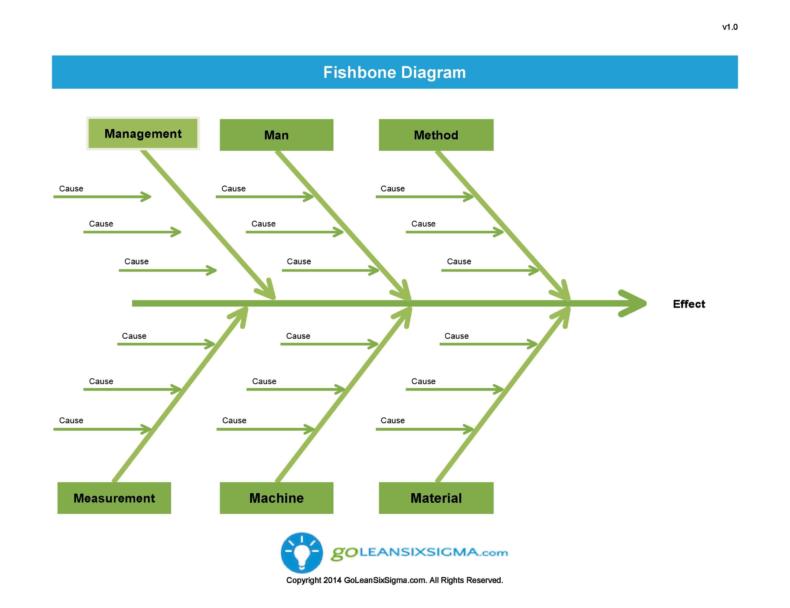Kite diagrams
Table of Contents
Table of Contents
Are you struggling to draw a kite diagram? Do you find the process confusing or intimidating? Don’t worry- drawing a kite diagram is actually much simpler than it seems. In this article, we’ll break down the process step-by-step and explain everything you need to know.
If you’re feeling overwhelmed, you’re not alone. Many people find drawing a kite diagram challenging, but it’s actually a valuable tool for visualizing data, relationships, and patterns. By mastering this skill, you’ll be able to enhance your analysis and presentation abilities- and impress your colleagues and peers.
To draw a kite diagram, you’ll first need to gather all of the relevant data and organize it into a chart or table. Then, you’ll use this data to create four data points, which will be the points of the kite. Once you’ve plotted these points, you’ll connect them to create the kite’s shape- and voila! You’ve created a kite diagram.
In summary, mastering the kite diagram is a valuable skill that can enhance your analysis and presentation abilities- and it’s much simpler than it seems. By organizing your data, plotting four points, and connecting them, you’ll be able to create a professional-quality kite diagram in no time.
How to Draw a Kite Diagram: Step-By-Step Guide
When I first learned how to draw a kite diagram, I was intimidated by the process. But with practice and patience, I’ve found that it’s a valuable tool for visualizing data and relationships. Here’s a step-by-step guide to help you get started.
 Step 1: Gather and organize your data. This might involve creating a chart or table to help you sort and label the information you need.
Step 1: Gather and organize your data. This might involve creating a chart or table to help you sort and label the information you need.
Step 2: Determine the four data points that will be the corners of your kite. These points should be based on the dataset and should represent key data categories or relationships.
Step 3: Plot these four data points on a blank graph, making sure to label them accurately and clearly.
Step 4: Connect the four points to create the kite’s shape. Use a straight edge or ruler to ensure the lines are straight and accurate.
Step 5: Add any additional labels, annotations, or details as needed to make your diagram clear, informative, and visually appealing.
Common Mistakes to Avoid When Drawing a Kite Diagram
While drawing a kite diagram is a relatively straightforward process, there are a few common mistakes that novice diagram-drawers can make. Here are some things to avoid while drawing your own kite diagram:
- Not organizing your data: Before beginning the kite diagram, you need to make sure your data is organized and labeled correctly. This will make the drawing process much smoother.
- Choosing improper data points: Make sure you choose the appropriate data points to represent your dataset. Incorrect or irrelevant data points can make your diagram confusing or misleading.
- Making lines too long or too short: It’s important to make sure that the lines connecting your data points are accurate and proportional. Measuring and using a straightedge can help.
- Skipping the labeling: To make your diagram informative and clear, it’s important to label both the data points and the diagram itself accurately and legibly.
Examples of Kite Diagrams
Here are a few examples of how kite diagrams can be used to convey complex data in a clear and visually appealing way:

 Question and Answer
Question and Answer
Q: What types of data can be plotted on a kite diagram?
A: Kite diagrams can be used with many types of data, including survey results, financial data, scientific data, and much more. As long as you have four key data points, you can use a kite diagram to visualize your data.
Q: Do I need any special tools or software to draw a kite diagram?
A: No, you don’t need any special tools or software to draw a kite diagram. All you need is a blank graph, some data, and a ruler or straightedge.
Q: Are there any best practices for labeling kite diagrams?
A: Yes, to make kite diagrams as clear and informative as possible, it’s best to label both the data points and the diagram itself clearly and legibly. Use descriptive yet concise labels to help viewers understand the data at a glance.
Q: Can kite diagrams be used for group or comparative data?
A: Yes, kite diagrams can be used to compare two or more groups of data. By creating multiple kite diagrams side-by-side, you can easily compare and contrast different data sets.
Conclusion of How to Draw a Kite Diagram
Drawing a kite diagram is a valuable skill that can enhance your analysis and presentation abilities. With the step-by-step guide and tips outlined in this article, anyone can create a visually appealing and informative kite diagram with ease. Remember to take time to organize your data, choose the appropriate data points, and label everything clearly to create the most effective kite diagram possible. Happy diagramming!
Gallery
How To Make A Kite Graph - YouTube

Photo Credit by: bing.com / kite graph make
Creating The Ecology Classic ‘Kite Diagram’ In Python | By Alan Davies

Photo Credit by: bing.com / kite diagram ecology python creating classic authors plot drawn hand
B4 Module | GCSE Revision Notes By James Walker

Photo Credit by: bing.com / kite diagram biology diagrams transect chart gcse transects b4 bbc ocr cover module gateway green
Kite Diagrams - YouTube

Photo Credit by: bing.com / kite diagrams
Creating The Ecology Classic ‘Kite Diagram’ In Python | By Alan Davies

Photo Credit by: bing.com / kite diagram plot produced authors drawn function left hand right





